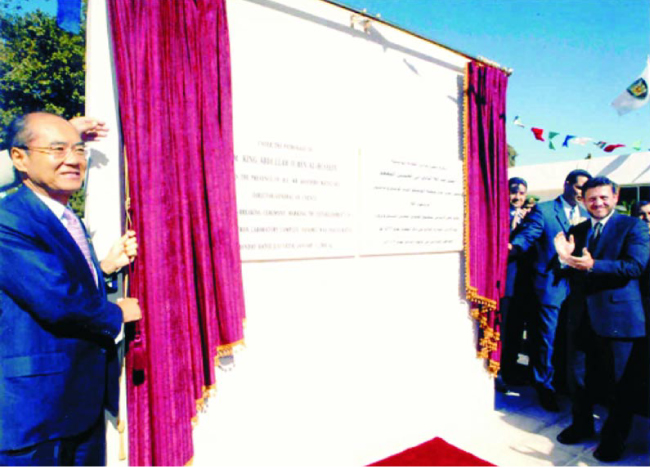Official SESAME
DOI: 10.1063/1.4796987
With eight members on board, SESAME is now an official project of the United Nations Educational, Scientific and Cultural Organization. SESAME (Synchrotron-light for Experimental Science and Applications in the Middle East) is the planned 2–2.5 GeV reincarnation of BESSY I, a decommissioned synchrotron donated by Germany (see Physics Today, August 2002, page 27
At the groundbreaking in Allaan, Jordan, on 6 January, UNESCO Director General Koïchiro Matsuura said, “For a change, science in countries in the region will be on a par with western science, enabling their scientists to become partners and not merely customers of science institutions in the industrialized world.” Attracting more young people to become scientists and creating an environment conducive to open discussion, he said, “are unifying factors and a means of building up a culture of peace through science.”
In other SESAME news, a panel appointed by the European Commission has recommended supporting the project—after certain conditions have been met. The panel wants the SESAME design to be reviewed, the initial beam lines and the scientists setting them up to be selected, and the total cost to be recalculated. SESAME’s partners plan to submit a proposal to the EC later this year for funds toward upgrading the existing synchrotron.

The groundbreaking ceremony for SESAME was presided over by UNESCO Director General Koïchiro Matsuura (left) and Jordan’s King Abdullah II Ben Al-Hussein.
(Courtesy of the Royal Court in Jordan.)

More about the Authors
Toni Feder. tfeder@aip.org
